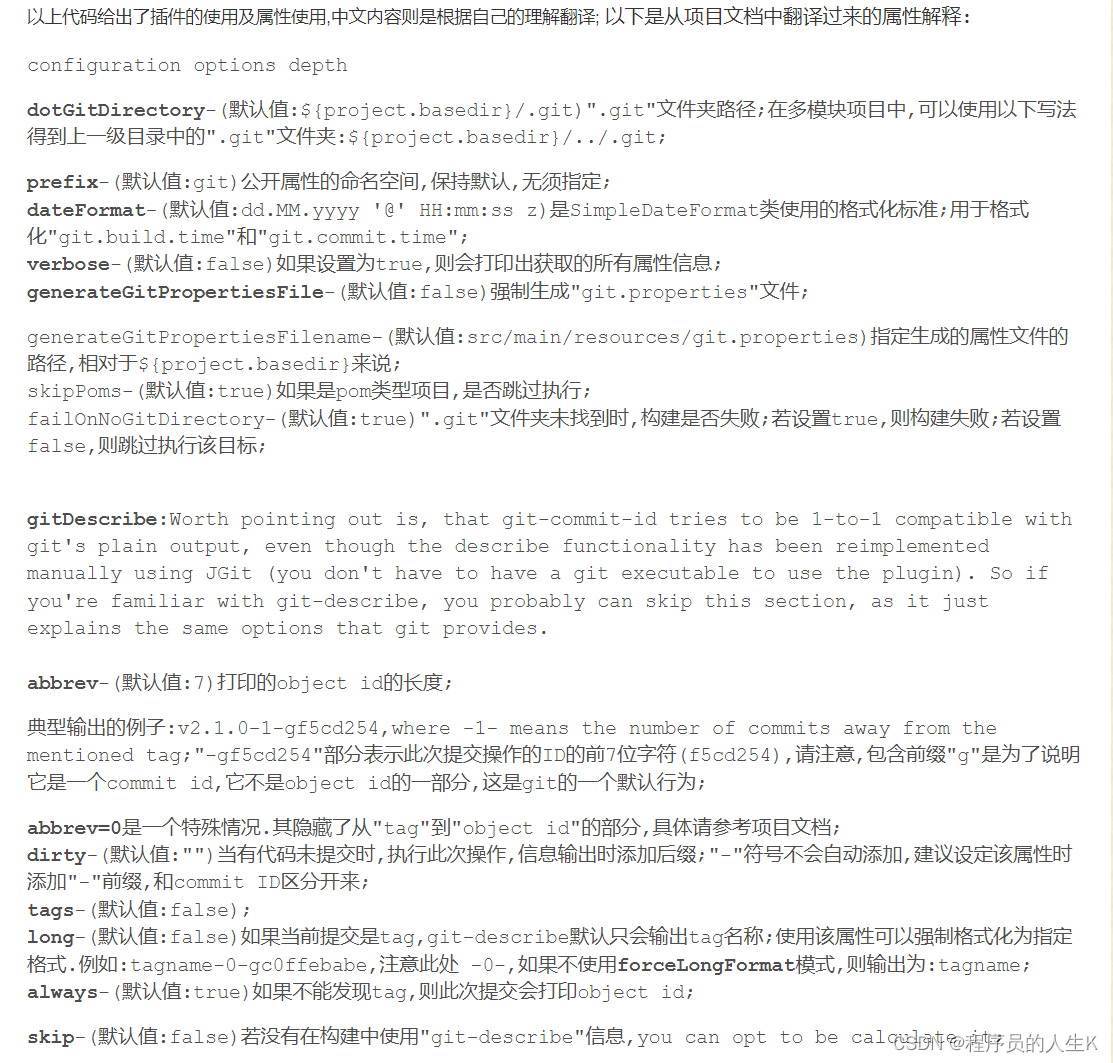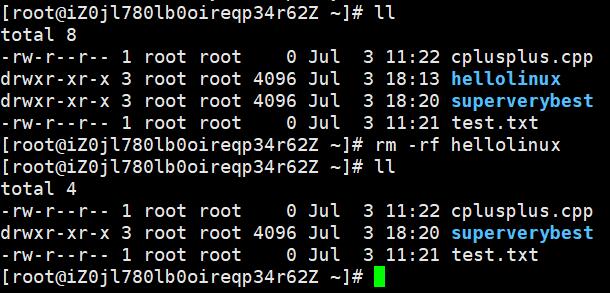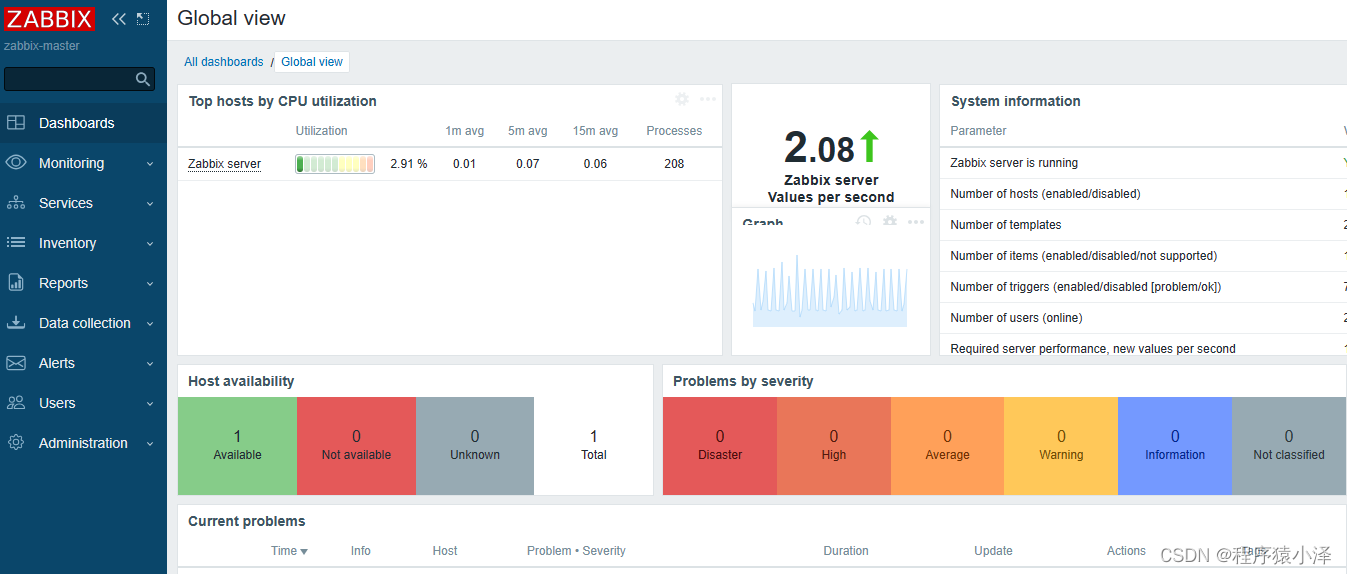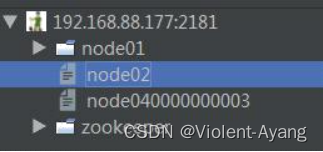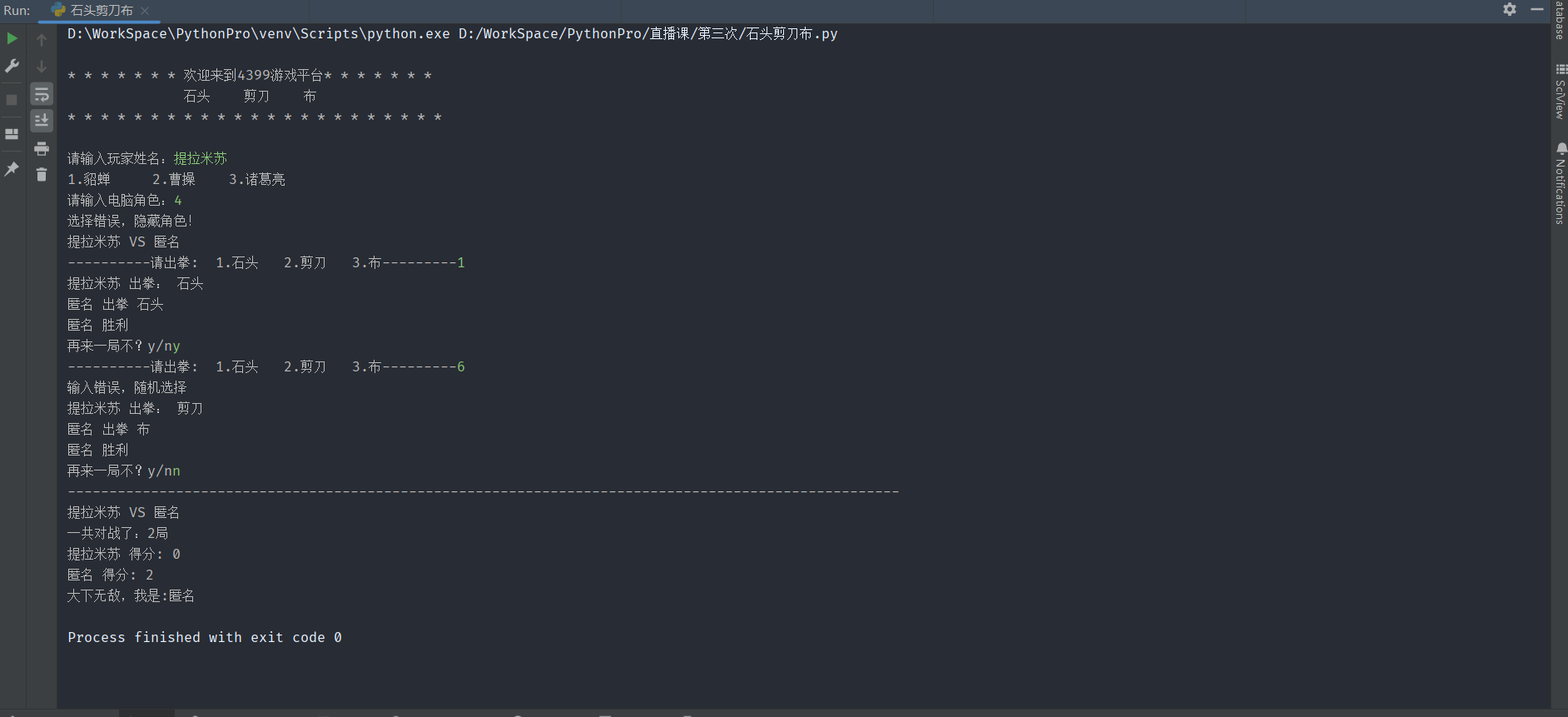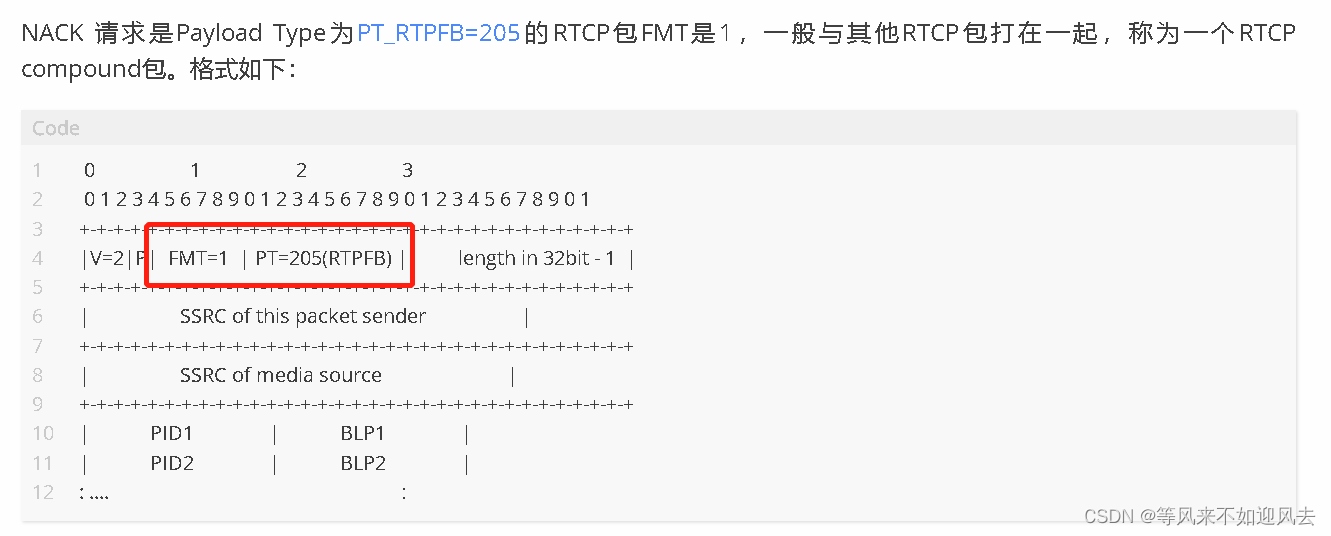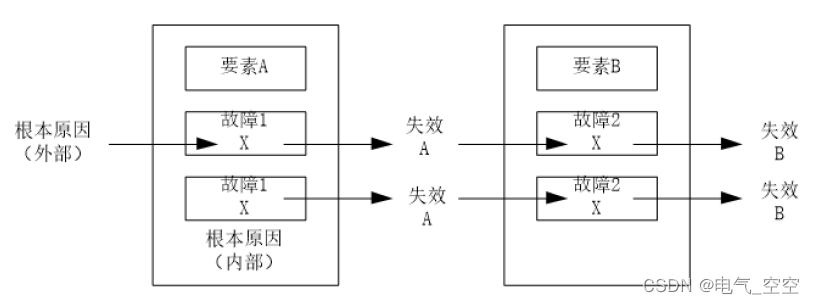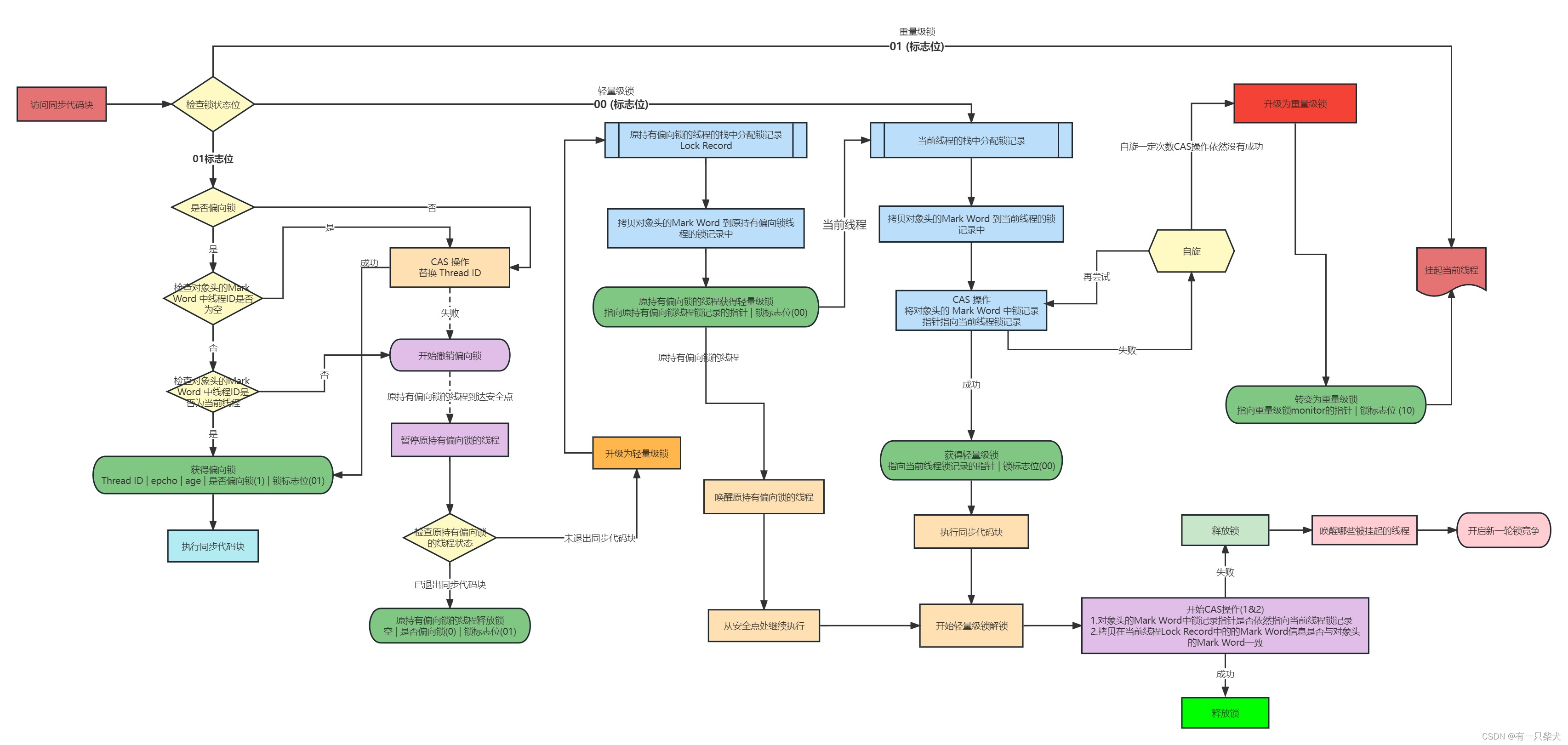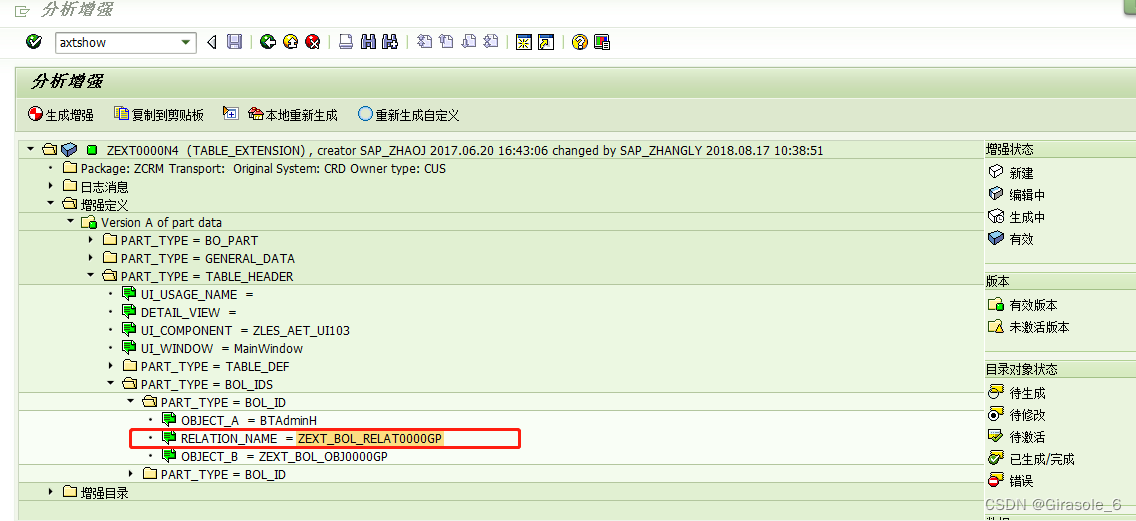1. list的介绍及使用
1.1 list的介绍
1. list
是可以在常数范围内在任意位置进行插入和删除的序列式容器,并且该容器可以前后双向迭代。
2. list
的底层是双向链表结构,双向链表中每个元素存储在互不相关的独立节点中,在节点中通过指针指向其前一个元素和后一个元素。
3. list
与
forward_list
非常相似:最主要的不同在于
forward_list
是单链表,只能朝前迭代,已让其更简单高效。
4.
与其他的序列式容器相比
(array
,
vector
,
deque)
,
list
通常在任意位置进行插入、移除元素的执行效率更好。
5.
与其他序列式容器相比,
list
和
forward_list
最大的缺陷是不支持任意位置的随机访问,比如:要访问
list的第6
个元素,必须从已知的位置
(
比如头部或者尾部
)
迭代到该位置,在这段位置上迭代需要线性的时间
开销;
list
还需要一些额外的空间,以保存每个节点的相关联信息
(
对于存储类型较小元素的大
list
来说这可能是一个重要的因素)
官方文档:https://cplusplus.com/reference/list/list/?kw=list

1.2 list的使用
list
中的接口比较多,此处类似,只需要掌握如何正确的使用,然后再去深入研究背后的原理,已达到可扩展的能力。以下为list
中一些
常见的重要接口
。
1.2.1 list的构造

#define _CRT_SECURE_NO_WARNINGS
#include <iostream>
using namespace std;
#include <list>
#include <vector>
// list的构造
void TestList1()
{
list<int> l1; // 构造空的l1
list<int> l2(4, 100); // l2中放4个值为100的元素
list<int> l3(l2.begin(), l2.end()); // 用l2的[begin(), end())左闭右开的区间构造l3
list<int> l4(l3); // 用l3拷贝构造l4
// 以数组为迭代器区间构造l5
int array[] = { 16,2,77,29 };
list<int> l5(array, array + sizeof(array) / sizeof(int));
// 列表格式初始化C++11
list<int> l6{ 1,2,3,4,5 };
// 用迭代器方式打印l5中的元素
list<int>::iterator it = l5.begin();
while (it != l5.end())
{
cout << *it << " ";
++it;
}
cout << endl;
// C++11范围for的方式遍历
for (auto& e : l5)
cout << e << " ";
cout << endl;
}
// list迭代器的使用
// 注意:遍历链表只能用迭代器和范围for
void PrintList(const list<int>& l)
{
// 注意这里调用的是list的 begin() const,返回list的const_iterator对象
for (list<int>::const_iterator it = l.begin(); it != l.end(); ++it)
{
cout << *it << " ";
// *it = 10; 编译不通过
}
cout << endl;
}
void TestList2()
{
int array[] = { 1, 2, 3, 4, 5, 6, 7, 8, 9, 0 };
list<int> l(array, array + sizeof(array) / sizeof(array[0]));
// 使用正向迭代器正向list中的元素
// list<int>::iterator it = l.begin(); // C++98中语法
auto it = l.begin(); // C++11之后推荐写法
while (it != l.end())
{
cout << *it << " ";
++it;
}
cout << endl;
// 使用反向迭代器逆向打印list中的元素
// list<int>::reverse_iterator rit = l.rbegin();
auto rit = l.rbegin();
while (rit != l.rend())
{
cout << *rit << " ";
++rit;
}
cout << endl;
}
// list插入和删除
// push_back/pop_back/push_front/pop_front
void TestList3()
{
int array[] = { 1, 2, 3 };
list<int> L(array, array + sizeof(array) / sizeof(array[0]));
// 在list的尾部插入4,头部插入0
L.push_back(4);
L.push_front(0);
PrintList(L);
// 删除list尾部节点和头部节点
L.pop_back();
L.pop_front();
PrintList(L);
}
// insert /erase
void TestList4()
{
int array1[] = { 1, 2, 3 };
list<int> L(array1, array1 + sizeof(array1) / sizeof(array1[0]));
// 获取链表中第二个节点
auto pos = ++L.begin();
cout << *pos << endl;
// 在pos前插入值为4的元素
L.insert(pos, 4);
PrintList(L);
// 在pos前插入5个值为5的元素
L.insert(pos, 5, 5);
PrintList(L);
// 在pos前插入[v.begin(), v.end)区间中的元素
vector<int> v{ 7, 8, 9 };
L.insert(pos, v.begin(), v.end());
PrintList(L);
// 删除pos位置上的元素
L.erase(pos);
PrintList(L);
// 删除list中[begin, end)区间中的元素,即删除list中的所有元素
L.erase(L.begin(), L.end());
PrintList(L);
}
// resize/swap/clear
void TestList5()
{
// 用数组来构造list
int array1[] = { 1, 2, 3 };
list<int> l1(array1, array1 + sizeof(array1) / sizeof(array1[0]));
PrintList(l1);
// 交换l1和l2中的元素
list<int> l2;
l1.swap(l2);
PrintList(l1);
PrintList(l2);
// 将l2中的元素清空
l2.clear();
cout << l2.size() << endl;
}1.2.2 list iterator的使用。
此处,大家可暂时
将迭代器理解成一个指针,该指针指向
list
中的某个节点
。

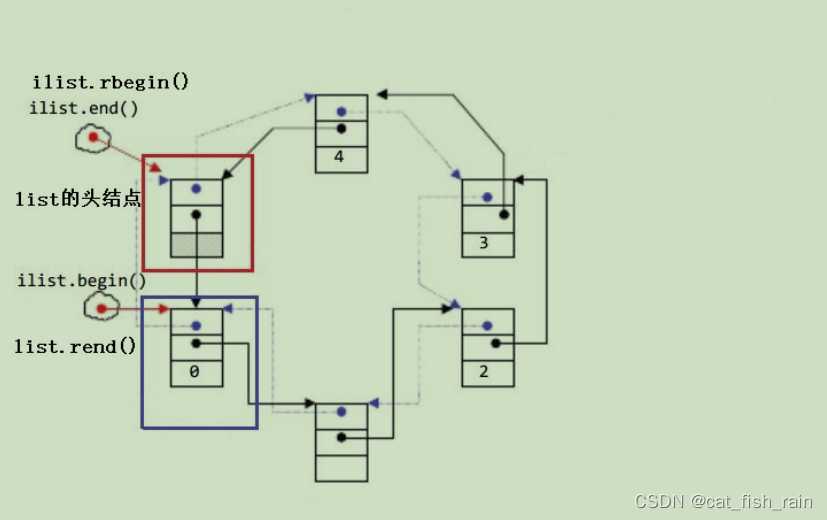
【注意】
1.
begin
与
end
为正向迭代器,对迭代器执行
++
操作,迭代器向后移动
2.
rbegin(end)
与
rend(begin)
为反向迭代器,对迭代器执行
++
操作,迭代器向前移动
#define _CRT_SECURE_NO_WARNINGS
#include <iostream>
using namespace std;
#include <list>
#include <vector>
// list的构造
void TestList1()
{
list<int> l1; // 构造空的l1
list<int> l2(4, 100); // l2中放4个值为100的元素
list<int> l3(l2.begin(), l2.end()); // 用l2的[begin(), end())左闭右开的区间构造l3
list<int> l4(l3); // 用l3拷贝构造l4
// 以数组为迭代器区间构造l5
int array[] = { 16,2,77,29 };
list<int> l5(array, array + sizeof(array) / sizeof(int));
// 列表格式初始化C++11
list<int> l6{ 1,2,3,4,5 };
// 用迭代器方式打印l5中的元素
list<int>::iterator it = l5.begin();
while (it != l5.end())
{
cout << *it << " ";
++it;
}
cout << endl;
// C++11范围for的方式遍历
for (auto& e : l5)
cout << e << " ";
cout << endl;
}
// list迭代器的使用
// 注意:遍历链表只能用迭代器和范围for
void PrintList(const list<int>& l)
{
// 注意这里调用的是list的 begin() const,返回list的const_iterator对象
for (list<int>::const_iterator it = l.begin(); it != l.end(); ++it)
{
cout << *it << " ";
// *it = 10; 编译不通过
}
cout << endl;
}
void TestList2()
{
int array[] = { 1, 2, 3, 4, 5, 6, 7, 8, 9, 0 };
list<int> l(array, array + sizeof(array) / sizeof(array[0]));
// 使用正向迭代器正向list中的元素
// list<int>::iterator it = l.begin(); // C++98中语法
auto it = l.begin(); // C++11之后推荐写法
while (it != l.end())
{
cout << *it << " ";
++it;
}
cout << endl;
// 使用反向迭代器逆向打印list中的元素
// list<int>::reverse_iterator rit = l.rbegin();
auto rit = l.rbegin();
while (rit != l.rend())
{
cout << *rit << " ";
++rit;
}
cout << endl;
}
// list插入和删除
// push_back/pop_back/push_front/pop_front
void TestList3()
{
int array[] = { 1, 2, 3 };
list<int> L(array, array + sizeof(array) / sizeof(array[0]));
// 在list的尾部插入4,头部插入0
L.push_back(4);
L.push_front(0);
PrintList(L);
// 删除list尾部节点和头部节点
L.pop_back();
L.pop_front();
PrintList(L);
}
// insert /erase
void TestList4()
{
int array1[] = { 1, 2, 3 };
list<int> L(array1, array1 + sizeof(array1) / sizeof(array1[0]));
// 获取链表中第二个节点
auto pos = ++L.begin();
cout << *pos << endl;
// 在pos前插入值为4的元素
L.insert(pos, 4);
PrintList(L);
// 在pos前插入5个值为5的元素
L.insert(pos, 5, 5);
PrintList(L);
// 在pos前插入[v.begin(), v.end)区间中的元素
vector<int> v{ 7, 8, 9 };
L.insert(pos, v.begin(), v.end());
PrintList(L);
// 删除pos位置上的元素
L.erase(pos);
PrintList(L);
// 删除list中[begin, end)区间中的元素,即删除list中的所有元素
L.erase(L.begin(), L.end());
PrintList(L);
}
// resize/swap/clear
void TestList5()
{
// 用数组来构造list
int array1[] = { 1, 2, 3 };
list<int> l1(array1, array1 + sizeof(array1) / sizeof(array1[0]));
PrintList(l1);
// 交换l1和l2中的元素
list<int> l2;
l1.swap(l2);
PrintList(l1);
PrintList(l2);
// 将l2中的元素清空
l2.clear();
cout << l2.size() << endl;
}1.2.3 list capacity

1.2.4 list element access

1.2.5 list modififiers

#define _CRT_SECURE_NO_WARNINGS
#include <iostream>
using namespace std;
#include <list>
#include <vector>
// list的构造
void TestList1()
{
list<int> l1; // 构造空的l1
list<int> l2(4, 100); // l2中放4个值为100的元素
list<int> l3(l2.begin(), l2.end()); // 用l2的[begin(), end())左闭右开的区间构造l3
list<int> l4(l3); // 用l3拷贝构造l4
// 以数组为迭代器区间构造l5
int array[] = { 16,2,77,29 };
list<int> l5(array, array + sizeof(array) / sizeof(int));
// 列表格式初始化C++11
list<int> l6{ 1,2,3,4,5 };
// 用迭代器方式打印l5中的元素
list<int>::iterator it = l5.begin();
while (it != l5.end())
{
cout << *it << " ";
++it;
}
cout << endl;
// C++11范围for的方式遍历
for (auto& e : l5)
cout << e << " ";
cout << endl;
}
// list迭代器的使用
// 注意:遍历链表只能用迭代器和范围for
void PrintList(const list<int>& l)
{
// 注意这里调用的是list的 begin() const,返回list的const_iterator对象
for (list<int>::const_iterator it = l.begin(); it != l.end(); ++it)
{
cout << *it << " ";
// *it = 10; 编译不通过
}
cout << endl;
}
void TestList2()
{
int array[] = { 1, 2, 3, 4, 5, 6, 7, 8, 9, 0 };
list<int> l(array, array + sizeof(array) / sizeof(array[0]));
// 使用正向迭代器正向list中的元素
// list<int>::iterator it = l.begin(); // C++98中语法
auto it = l.begin(); // C++11之后推荐写法
while (it != l.end())
{
cout << *it << " ";
++it;
}
cout << endl;
// 使用反向迭代器逆向打印list中的元素
// list<int>::reverse_iterator rit = l.rbegin();
auto rit = l.rbegin();
while (rit != l.rend())
{
cout << *rit << " ";
++rit;
}
cout << endl;
}
// list插入和删除
// push_back/pop_back/push_front/pop_front
void TestList3()
{
int array[] = { 1, 2, 3 };
list<int> L(array, array + sizeof(array) / sizeof(array[0]));
// 在list的尾部插入4,头部插入0
L.push_back(4);
L.push_front(0);
PrintList(L);
// 删除list尾部节点和头部节点
L.pop_back();
L.pop_front();
PrintList(L);
}
// insert /erase
void TestList4()
{
int array1[] = { 1, 2, 3 };
list<int> L(array1, array1 + sizeof(array1) / sizeof(array1[0]));
// 获取链表中第二个节点
auto pos = ++L.begin();
cout << *pos << endl;
// 在pos前插入值为4的元素
L.insert(pos, 4);
PrintList(L);
// 在pos前插入5个值为5的元素
L.insert(pos, 5, 5);
PrintList(L);
// 在pos前插入[v.begin(), v.end)区间中的元素
vector<int> v{ 7, 8, 9 };
L.insert(pos, v.begin(), v.end());
PrintList(L);
// 删除pos位置上的元素
L.erase(pos);
PrintList(L);
// 删除list中[begin, end)区间中的元素,即删除list中的所有元素
L.erase(L.begin(), L.end());
PrintList(L);
}
// resize/swap/clear
void TestList5()
{
// 用数组来构造list
int array1[] = { 1, 2, 3 };
list<int> l1(array1, array1 + sizeof(array1) / sizeof(array1[0]));
PrintList(l1);
// 交换l1和l2中的元素
list<int> l2;
l1.swap(l2);
PrintList(l1);
PrintList(l2);
// 将l2中的元素清空
l2.clear();
cout << l2.size() << endl;
}
list
中还有一些操作,需要用到时大家可参阅
list
的文档说明。
1.2.6 list的迭代器失效
前面说过,此处大家可将迭代器暂时理解成类似于指针,迭代器失效即迭代器所指向的节点的无效,即该节点被删除了。因为list的底层结构为带头结点的双向循环链表,因此在list中进行插入时是不会导致list的迭代器失效的,只有在删除时才会失效,并且失效的只是指向被删除节点的迭代器,其他迭代器不会受到影响。
#include <iostream>
#include <vector>
#include <list>
#include <algorithm>
using namespace std;
void TestListIterator1()
{
int array[] = {1, 2, 3, 4, 5, 6, 7, 8, 9, 0};
list<int> l(array, array + sizeof(array) / sizeof(array[0]));
auto it = l.begin();
while (it != l.end())
{
// erase() 函数执行后,it所指向的结点已被删除,因此it 无效,在下一次使用it 时,必须先给其赋值
l.erase(it);
++it;
}
}
void TestListIterator()
{
int array[] = {1, 2, 3, 4, 5, 6, 7, 8, 9, 0};
list<int> l(array, array + sizeof(array) / sizeof(array[0]));
auto it = l.begin();
while (it != l.end())
{
l.erase(it++);
}
}
int main()
{
TestListIterator();
// TestListIterator1();
system("pause");
return 0;
}2.1 模拟实现list
要模拟实现
list
,必须要熟悉
list
的底层结构以及其接口的含义,通过上面的学习,这些内容已基本掌握,现在我们来模拟实现list
。
#pragma once
#include <iostream>
using namespace std;
#include <assert.h>
namespace bite
{
// List的节点类
template<class T>
struct ListNode
{
ListNode(const T& val = T())
: _prev(nullptr)
, _next(nullptr)
, _val(val)
{}
ListNode<T>* _prev;
ListNode<T>* _next;
T _val;
};
/*
List 的迭代器
迭代器有两种实现方式,具体应根据容器底层数据结构实现:
1. 原生态指针,比如:vector
2. 将原生态指针进行封装,因迭代器使用形式与指针完全相同,因此在自定义的类中必须实现以下方法:
1. 指针可以解引用,迭代器的类中必须重载operator*()
2. 指针可以通过->访问其所指空间成员,迭代器类中必须重载oprator->()
3. 指针可以++向后移动,迭代器类中必须重载operator++()与operator++(int)
至于operator--()/operator--(int)释放需要重载,根据具体的结构来抉择,双向链表可以向前 移动,所以需要重载,如果是forward_list就不需要重载--
4. 迭代器需要进行是否相等的比较,因此还需要重载operator==()与operator!=()
*/
template<class T, class Ref, class Ptr>
class ListIterator
{
typedef ListNode<T> Node;
typedef ListIterator<T, Ref, Ptr> Self;
// Ref 和 Ptr 类型需要重定义下,实现反向迭代器时需要用到
public:
typedef Ref Ref;
typedef Ptr Ptr;
public:
//
// 构造
ListIterator(Node* node = nullptr)
: _node(node)
{}
//
// 具有指针类似行为
Ref operator*()
{
return _node->_val;
}
Ptr operator->()
{
return &(operator*());
}
//
// 迭代器支持移动
Self& operator++()
{
_node = _node->_next;
return *this;
}
Self operator++(int)
{
Self temp(*this);
_node = _node->_next;
return temp;
}
Self& operator--()
{
_node = _node->_prev;
return *this;
}
Self operator--(int)
{
Self temp(*this);
_node = _node->_prev;
return temp;
}
//
// 迭代器支持比较
bool operator!=(const Self& l)const
{
return _node != l._node;
}
bool operator==(const Self& l)const
{
return _node != l._node;
}
Node* _node;
};
template<class Iterator>
class ReverseListIterator
{
// 注意:此处typename的作用是明确告诉编译器,Ref是Iterator类中的一个类型,而不是静态成员变量
// 否则编译器编译时就不知道Ref是Iterator中的类型还是静态成员变量
// 因为静态成员变量也是按照 类名::静态成员变量名 的方式访问的
public:
typedef typename Iterator::Ref Ref;
typedef typename Iterator::Ptr Ptr;
typedef ReverseListIterator<Iterator> Self;
public:
//
// 构造
ReverseListIterator(Iterator it)
: _it(it)
{}
//
// 具有指针类似行为
Ref operator*()
{
Iterator temp(_it);
--temp;
return *temp;
}
Ptr operator->()
{
return &(operator*());
}
//
// 迭代器支持移动
Self& operator++()
{
--_it;
return *this;
}
Self operator++(int)
{
Self temp(*this);
--_it;
return temp;
}
Self& operator--()
{
++_it;
return *this;
}
Self operator--(int)
{
Self temp(*this);
++_it;
return temp;
}
//
// 迭代器支持比较
bool operator!=(const Self& l)const
{
return _it != l._it;
}
bool operator==(const Self& l)const
{
return _it != l._it;
}
Iterator _it;
};
template<class T>
class list
{
typedef ListNode<T> Node;
public:
// 正向迭代器
typedef ListIterator<T, T&, T*> iterator;
typedef ListIterator<T, const T&, const T&> const_iterator;
// 反向迭代器
typedef ReverseListIterator<iterator> reverse_iterator;
typedef ReverseListIterator<const_iterator> const_reverse_iterator;
public:
///
// List的构造
list()
{
CreateHead();
}
list(int n, const T& value = T())
{
CreateHead();
for (int i = 0; i < n; ++i)
push_back(value);
}
template <class Iterator>
list(Iterator first, Iterator last)
{
CreateHead();
while (first != last)
{
push_back(*first);
++first;
}
}
list(const list<T>& l)
{
CreateHead();
// 用l中的元素构造临时的temp,然后与当前对象交换
list<T> temp(l.begin(), l.end());
this->swap(temp);
}
list<T>& operator=(list<T> l)
{
this->swap(l);
return *this;
}
~list()
{
clear();
delete _head;
_head = nullptr;
}
///
// List的迭代器
iterator begin()
{
return iterator(_head->_next);
}
iterator end()
{
return iterator(_head);
}
const_iterator begin()const
{
return const_iterator(_head->_next);
}
const_iterator end()const
{
return const_iterator(_head);
}
reverse_iterator rbegin()
{
return reverse_iterator(end());
}
reverse_iterator rend()
{
return reverse_iterator(begin());
}
const_reverse_iterator rbegin()const
{
return const_reverse_iterator(end());
}
const_reverse_iterator rend()const
{
return const_reverse_iterator(begin());
}
///
// List的容量相关
size_t size()const
{
Node* cur = _head->_next;
size_t count = 0;
while (cur != _head)
{
count++;
cur = cur->_next;
}
return count;
}
bool empty()const
{
return _head->_next == _head;
}
void resize(size_t newsize, const T& data = T())
{
size_t oldsize = size();
if (newsize <= oldsize)
{
// 有效元素个数减少到newsize
while (newsize < oldsize)
{
pop_back();
oldsize--;
}
}
else
{
while (oldsize < newsize)
{
push_back(data);
oldsize++;
}
}
}
// List的元素访问操作
// 注意:List不支持operator[]
T& front()
{
return _head->_next->_val;
}
const T& front()const
{
return _head->_next->_val;
}
T& back()
{
return _head->_prev->_val;
}
const T& back()const
{
return _head->_prev->_val;
}
// List的插入和删除
void push_back(const T& val)
{
insert(end(), val);
}
void pop_back()
{
erase(--end());
}
void push_front(const T& val)
{
insert(begin(), val);
}
void pop_front()
{
erase(begin());
}
// 在pos位置前插入值为val的节点
iterator insert(iterator pos, const T& val)
{
Node* pNewNode = new Node(val);
Node* pCur = pos._node;
// 先将新节点插入
pNewNode->_prev = pCur->_prev;
pNewNode->_next = pCur;
pNewNode->_prev->_next = pNewNode;
pCur->_prev = pNewNode;
return iterator(pNewNode);
}
// 删除pos位置的节点,返回该节点的下一个位置
iterator erase(iterator pos)
{
// 找到待删除的节点
Node* pDel = pos._node;
Node* pRet = pDel->_next;
// 将该节点从链表中拆下来并删除
pDel->_prev->_next = pDel->_next;
pDel->_next->_prev = pDel->_prev;
delete pDel;
return iterator(pRet);
}
void clear()
{
Node* cur = _head->_next;
// 采用头删除删除
while (cur != _head)
{
_head->_next = cur->_next;
delete cur;
cur = _head->_next;
}
_head->_next = _head->_prev = _head;
}
void swap(bite::list<T>& l)
{
std::swap(_head, l._head);
}
private:
void CreateHead()
{
_head = new Node;
_head->_prev = _head;
_head->_next = _head;
}
private:
Node* _head;
};
}
///
// 对模拟实现的list进行测试
// 正向打印链表
template<class T>
void PrintList(const bite::list<T>& l)
{
auto it = l.begin();
while (it != l.end())
{
cout << *it << " ";
++it;
}
cout << endl;
}
// 测试List的构造
void TestBiteList1()
{
bite::list<int> l1;
bite::list<int> l2(10, 5);
PrintList(l2);
int array[] = { 1, 2, 3, 4, 5, 6, 7, 8, 9, 0 };
bite::list<int> l3(array, array + sizeof(array) / sizeof(array[0]));
PrintList(l3);
bite::list<int> l4(l3);
PrintList(l4);
l1 = l4;
PrintList(l1);
}
// PushBack()/PopBack()/PushFront()/PopFront()
void TestBiteList2()
{
// 测试PushBack与PopBack
bite::list<int> l;
l.push_back(1);
l.push_back(2);
l.push_back(3);
PrintList(l);
l.pop_back();
l.pop_back();
PrintList(l);
l.pop_back();
cout << l.size() << endl;
// 测试PushFront与PopFront
l.push_front(1);
l.push_front(2);
l.push_front(3);
PrintList(l);
l.pop_front();
l.pop_front();
PrintList(l);
l.pop_front();
cout << l.size() << endl;
}
// 测试insert和erase
void TestBiteList3()
{
int array[] = { 1, 2, 3, 4, 5 };
bite::list<int> l(array, array + sizeof(array) / sizeof(array[0]));
auto pos = l.begin();
l.insert(l.begin(), 0);
PrintList(l);
++pos;
l.insert(pos, 2);
PrintList(l);
l.erase(l.begin());
l.erase(pos);
PrintList(l);
// pos指向的节点已经被删除,pos迭代器失效
cout << *pos << endl;
auto it = l.begin();
while (it != l.end())
{
it = l.erase(it);
}
cout << l.size() << endl;
}
// 测试反向迭代器
void TestBiteList4()
{
int array[] = { 1, 2, 3, 4, 5 };
bite::list<int> l(array, array + sizeof(array) / sizeof(array[0]));
auto rit = l.rbegin();
while (rit != l.rend())
{
cout << *rit << " ";
++rit;
}
cout << endl;
const bite::list<int> cl(l);
auto crit = l.rbegin();
while (crit != l.rend())
{
cout << *crit << " ";
++crit;
}
cout << endl;
}
2.2 list
的反向迭代器
#include <iostream>
#include <vector>
#include <algorithm>
using namespace std;
template <class Iterator>
class ReverseListIterator
{
// 注意:此处typename的作用是明确告诉编译器,Ref是Iterator类中的类型,而不是静态成员变量
// 否则编译器编译时就不知道Ref是Iterator中的类型还是静态成员变量
// 因为静态成员变量也是按照 类名::静态成员变量名 的方式访问的
public:
typedef typename Iterator::Ref Ref;
typedef typename Iterator::Ptr Ptr;
typedef ReverseListIterator<Iterator> Self;
public:
//
// 构造
ReverseListIterator(Iterator it) : _it(it) {}
//
// 具有指针类似行为
Ref operator*()
{
Iterator temp(_it);
--temp;
return *temp;
}
Ptr operator->() { return &(operator*()); }
//
// 迭代器支持移动
Self &operator++()
{
--_it;
return *this;
}
Self operator++(int)
{
Self temp(*this);
--_it;
return temp;
}
Self &operator--()
{
++_it;
return *this;
}
Self operator--(int)
{
Self temp(*this);
++_it;
return temp;
}
//
// 迭代器支持比较
bool operator!=(const Self &l) const { return _it != l._it; }
bool operator==(const Self &l) const { return _it != l._it; }
Iterator _it;
};
int main()
{
system("pause");
return 0;
}3. list与vector的对比
vector
与
list
都是
STL
中非常重要的序列式容器,由于两个容器的底层结构不同,导致其特性以及应用场景不同,其主要不同如下:


